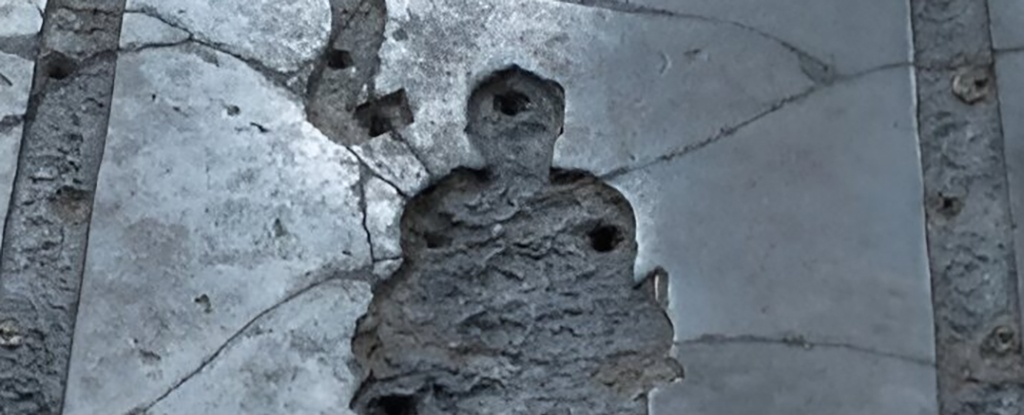In Jamestown, Virginia – the first permanent English settlement in America – there's a distinctive black tombstone thought to mark the resting place of a knight. Now, researchers think they've figured out where the stone came from. While the stone marker is described as "marble" in historical documents, at the time this term was often applied to any kind of rock that could be polished.
Dating from 1627, the slab of mineral is actually limestone . The research team, from Dickinson College in Pennsylvania and the California Geological Survey, looked at the tiny shells of single-celled organisms embedded in the sedimentary rock to help place its source, using the microfossils to determine it originated from Belgium. "Wealthy colonists in the Tidewater region of the Chesapeake Bay at this time preferentially selected black 'marble' for their gravestones that was actually polished, fine-grained, black limestone," the researchers write in their published paper.
"The iconic knight's tombstone at Jamestown is one such stone. The goal of this project was to determine the source of this stone to help understand trade routes at this time." It's unlikely Jamestown's English settlers would have had either the tools or skills to make tombstones of this nature, suggesting the highly-polished ornament would have been imported.
An analysis of tombstone fragments revealed fossilized remnants of a diverse group of shelled protist called foraminiferans , including the species Omphalotis mini.


















